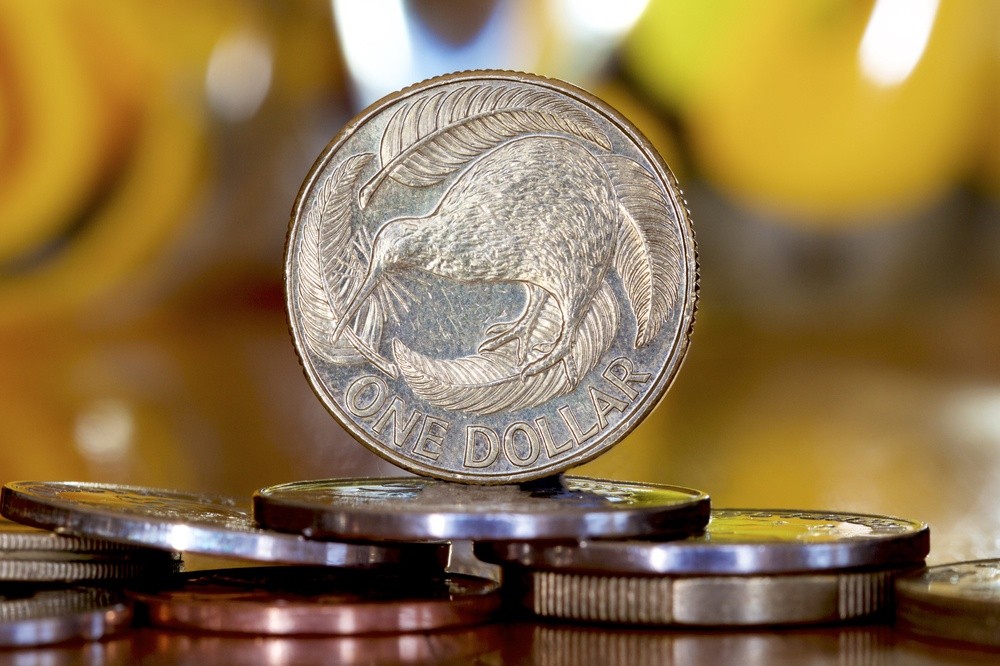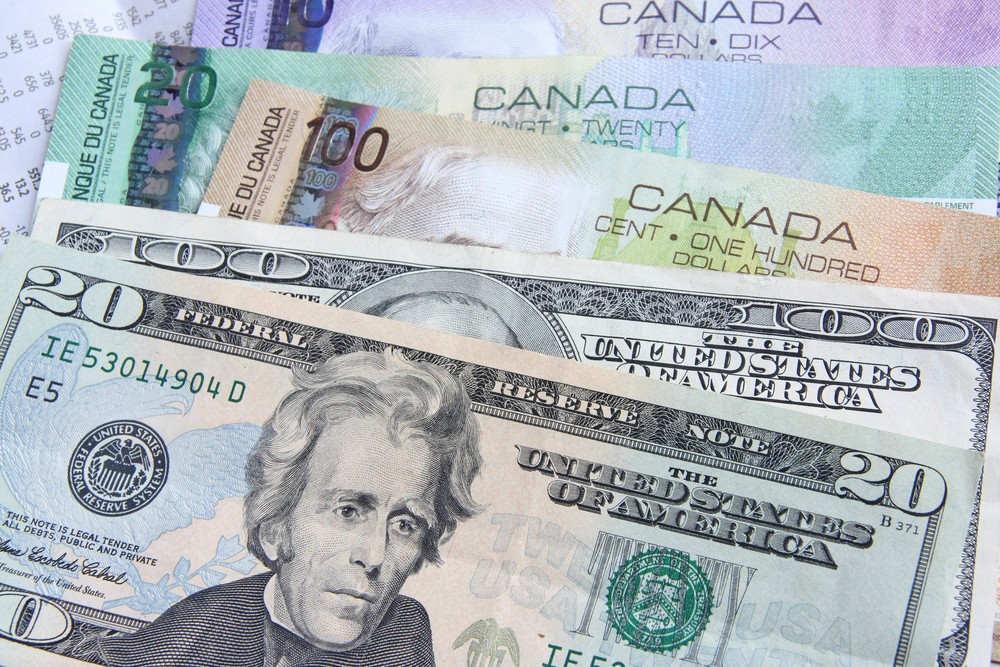The coronavirus pandemic caused a lot of problems for the countries around the world and the world’s largest economy is not an exception. Moreover, the U.S. has the highest number of cases around the globe. Unfortunately, the number of cases surpassed 4 million recently.
Importantly, the U.S. economy is recovering from what experts think will be its worst quarter on record. This is not the end of the story, despite the fact that conditions have improved during the last several months, the recovery remains fragile. The Bureau of Economic Analysis will release information about the second quarter on Thursday.
Notably, economists expect an annualized decline of 34.1% between April and June. Consequently, that would be the worst quarter since the Bureau of Economic Analysis began keeping quarterly records more than 70 years ago in 1947. It would also be more than four times worse than the decline during the 2007-2009 financial crisis.
Thus, that would confirm the fact that the U.S. economy is in a recession. As a reminder, a recession is commonly defined as two straight quarters of economic contraction. The U.S. economy contracted by 5% between January and March.
Economy and its path to recovery
According to economists, it could take several years for the U.S. gross domestic product (GDP) to get back to where it was before the coronavirus pandemic.
Notably, April was arguably the worst month of the lockdown. This is not surprising as most people were at home for some time due to stay-at-home orders. The GDP is expected to jump sharply in the third quarter, according to economists.
For example, the Federal Reserve Bank of New York, predicts an annualized increase of 13.3% in the third quarter.
Unfortunately, since February, millions of people across the country lost their jobs. In May and June, the U.S. added 7.5 million jobs. However, the unemployment level rate is quite high, as it stands at 11.1%. As mentioned above, the recovery is fragile and several factors could affect it.
Notably, the number of coronavirus cases are still rising across the country. Also, some workers are afraid of the return to work. Moreover, some people can’t return to work because they are caring for family members.
Pandemic government benefits, including expanded unemployment aid, will expire in the nearest future. As a reminder, last week initial applications for unemployment benefits increased for the first time in 16 weeks.
Last but not least, the coronavirus pandemic is not over yet, and the effect of the coronavirus recession will be felt for several years.











COMMENTS